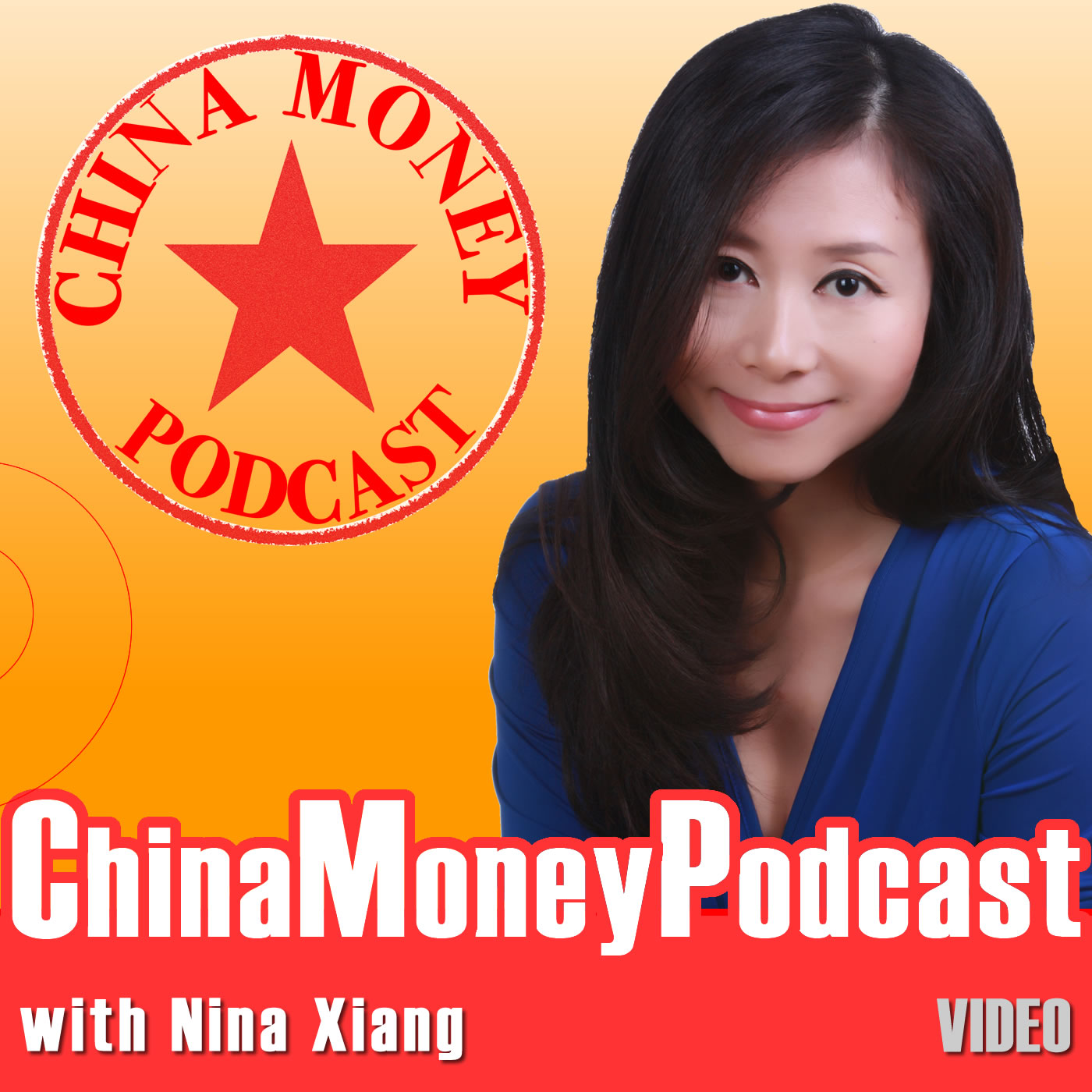Ludvig Nilsson: China’s Western Regions Are Private Equity’s Golden Frontier

http://www.youtube.com/watch?v=9T1KHE-527s&feature=plcp In this episode of China Money Podcast, guest Ludvig Nilsson, co-founder and managing director at Jade Invest, discusses the challenges facing China's private equity industry and where he sees attractive investment opportunities. Listen to the podcast, watch the shortened video or read an excerpt: Q: Last year, you described China’s private equity industry as a hyped market with strong fundamentals. Have you changed your opinion? A: Not really, I think the hype is still on. The inflows of new capital into China are actually increasing, not just from overseas investors but also from local institutions. Specifically, China’s insurance companies. The insurance industry is only now allowed to allocate significant money into private equity. On an overall basis, the potential is very large. The combined assets of the insurance industry are a few hundred billion dollars. If you apply a percentage of two to three percent that could arguably be invested into private equity, that’s a quiet a large number. Q: You answered the first part of the question, but how about the fundamentals? People are concerned that there is now too much money chasing too few deals? A: Yes, but that’s always been the case for as long as the industry has been around. There are new opportunities right now and they derive from two areas. One, there are a range of newly emerged industries that need capital for consolidation, the consumer industry, for example. On macro basis, China has never seen as tight a credit condition as the present ever. Some six months ago, it was the tightest condition I’ve ever seen since I moved to China 15 years ago. China has always had lots of money sloshing through the system. Now a lot of that money has dried up. What I think we will see is that there are currently two thousand (private equity) funds. They will consolidate into perhaps one thousand or so funds. And, only half of them will make seasonable returns. That sounds like a lot, but (it means) 75 percent of the funds you see in the market will not do well. Q: So that should mean valuations for private equity deals are attractive. Do you find that’s the case? A: The real questions about this private equity overhang leads to high valuations or low valuations, that’s all down to the quality of the company. Yes, companies that perhaps are not great or those with issues or problems would raise money at very attractive prices. But you need to factor in the quality of the companies to work out if it’s a bargain. Overall, a lot of deals are happening at low prices. But great companies can still command high prices. They can pick who they want to work with, and it’s all up to what kind of value-add can the fund bring in. Q: With China’s private equity industry facing a wave of consolidation, have you adjusted your strategy in selecting funds? A: Yes, we have. The way we have adjusted our strategy in this cycle is we are focusing more heavily on resource-heavy managers. Basically, managers with strong connections in the political and financial systems in China that can help companies to navigate the IPO process and other significant developments. The other aspect is that we focus more on fundamentals. That means alignment of interests. It goes down to co-investments. We want fund mangers to co-invest into their own funds properly -- not just the standard one to two percent. We are looking at co-investment of over ten percent. Many of the fund managers that we work with co-invest 10 to 20 percent into their own funds, which are very high comparing to Western funds. Q: So does it mean most of your funds are smaller funds? A: We invest in funds across all spectrum of size and stages. Most of our money are going to small and mid market type of funds from two to 400 million in size, that’s where we see the best risk-return return metrics at the moment.